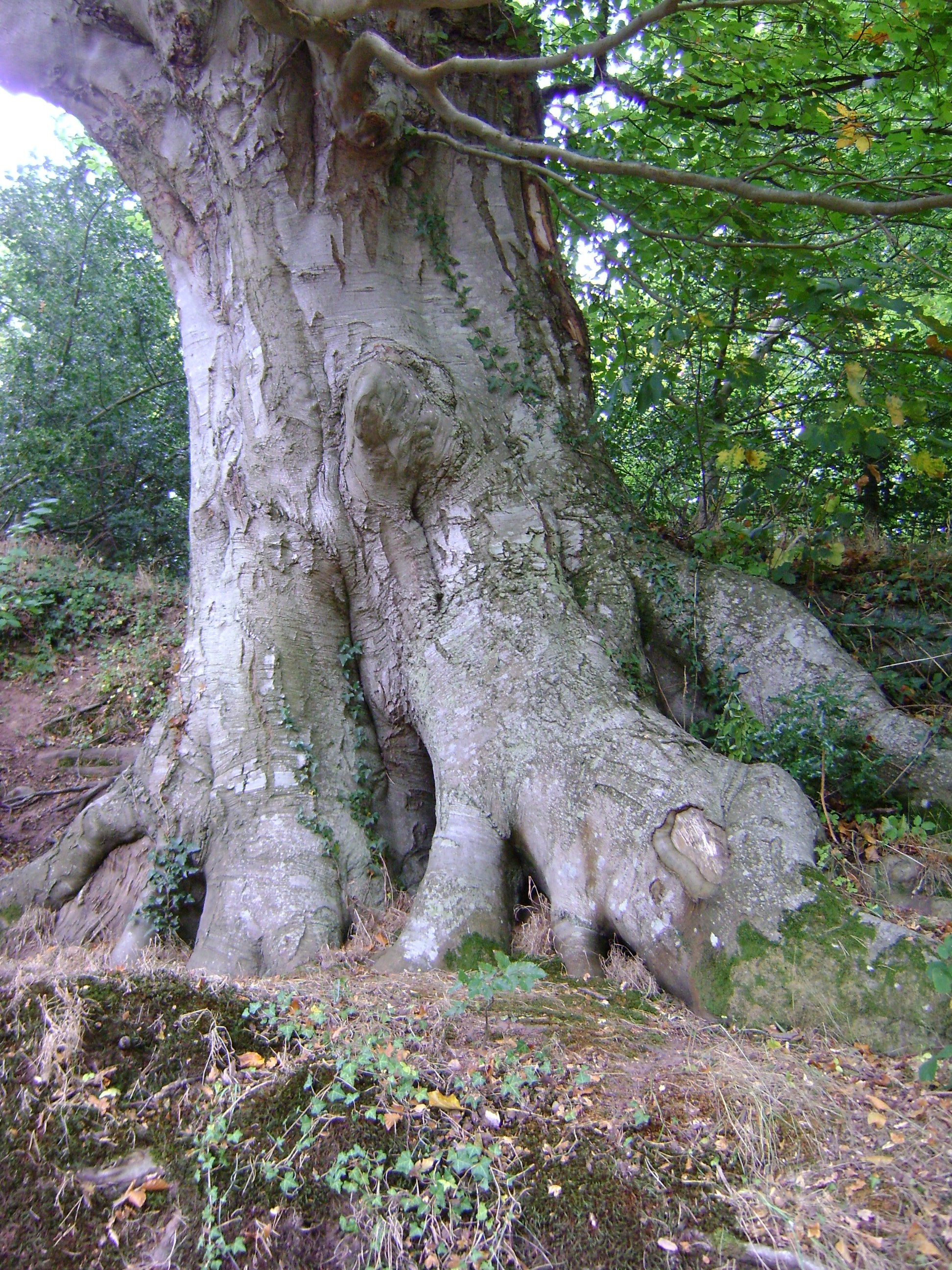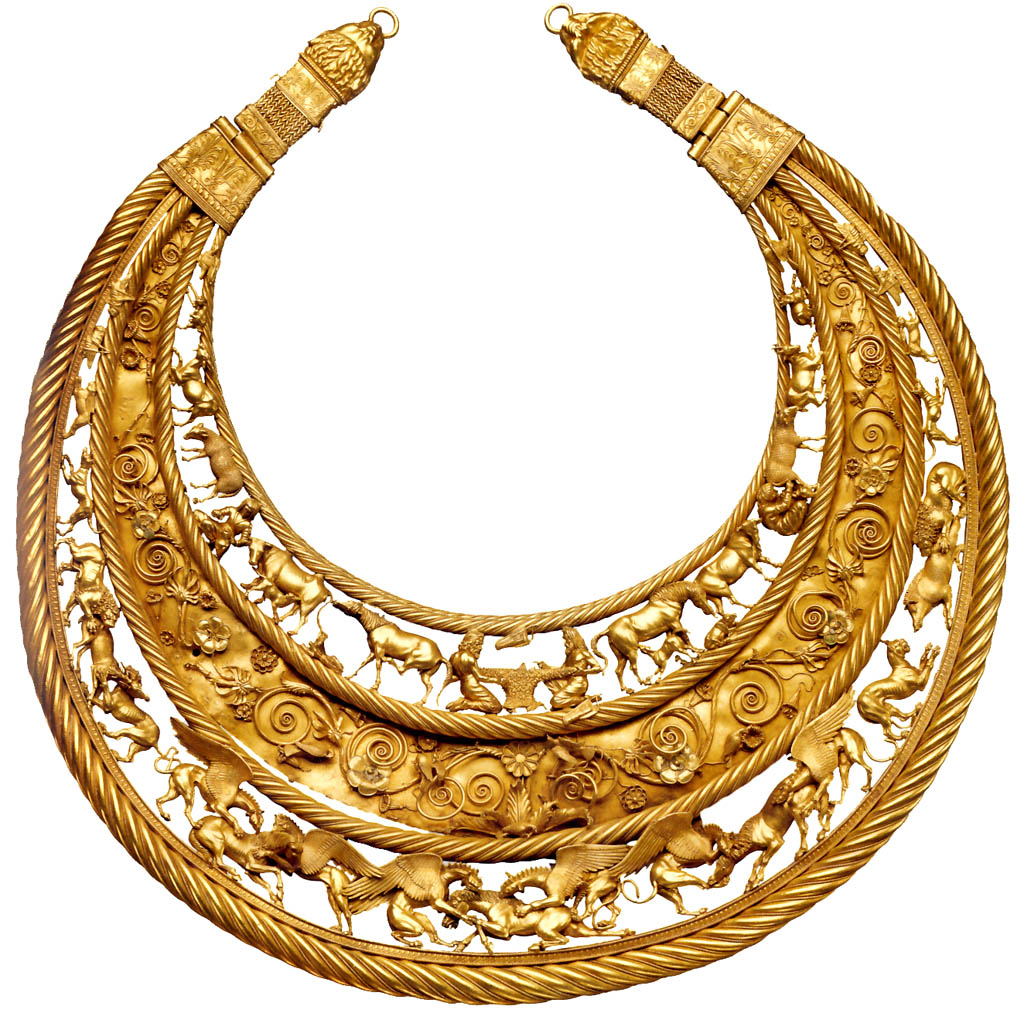Solo-Vene means Slavic people

We all are the children of one tree – all that is Slavic – let us not cut the tree at its fabulous roots just with an ordinary lack of interest and following others
[Photo. Carrie Nichols]
© by Czesław Białczyński
© translated by Katarzyna Goliszek
On these pages you will find everything that may seem interesting to a lover of all that is Slavic. Therefore we offer you not only topics directly referring to Slavic mythology, but also knowledge about Slavic people. The knowledge that we are going to present to you is updated and compatible with the latest scientific discoveries about the Slavs. We are also going to display information about Slavonic monuments, relics and contemporary reflections of cultural events organised by enthusiasts of Slavic culture, as well as Slavic art created under the influence of pure Slavophile passion. These pages have been made with a purpose of drawing your attention to the historical outline of fabulous Slavic people – prehistoric and coming from early history – that constitute a certain, unified concept, provide us with an image of the historic events which is different from the hyper critical and anti Slavic historical science which is based on prejudices and chauvinisms of the XX th century, especially on German and West European chauvinism.
Here we will present the concept of Slavonic history which does not come from the tradition of the West but which is native, rooted in the common heritage of the Slavic nations, Ists (Balts), Scoloti (Scythians / Scyths), Serbomazowie (Sarmatians), Venedi (Venethi) and Dawowie-Dachowie called by the Greek and Roman chroniclers as Venethi, Dacians, and Thracians.
Besides, we would like to present art, painting, audio (e-book records) and films made in the spirit of Slavonic images about the world – that part of the artistic references to Slavic culture perhaps best demonstrates how vital, contemporary and timeless it is.
We hope that these pages will help us save all that makes up our – Slavic nations’ – separate identity in the contemporary mess.


 This is our ancestors’ – Scyths’ – ancient art – indeed.
This is our ancestors’ – Scyths’ – ancient art – indeed.